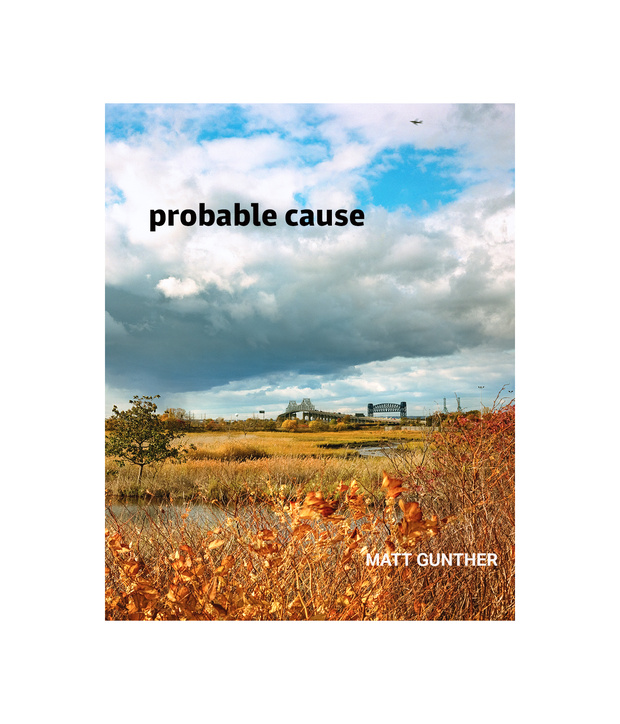










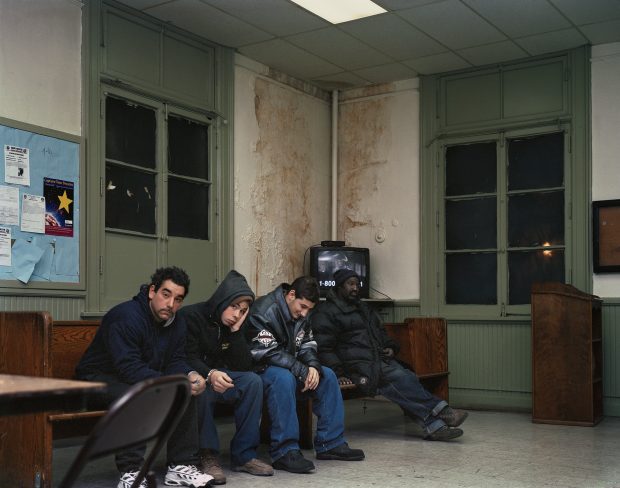

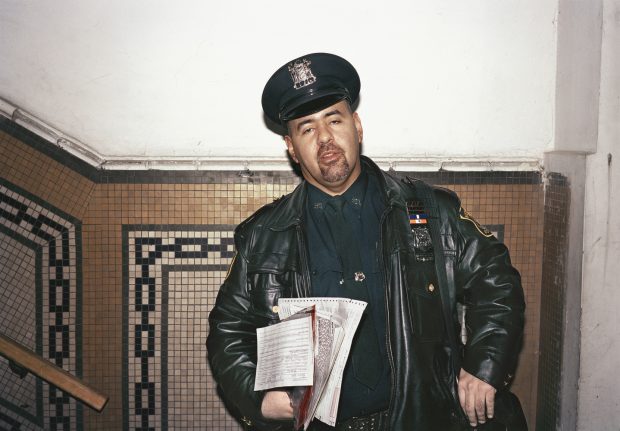








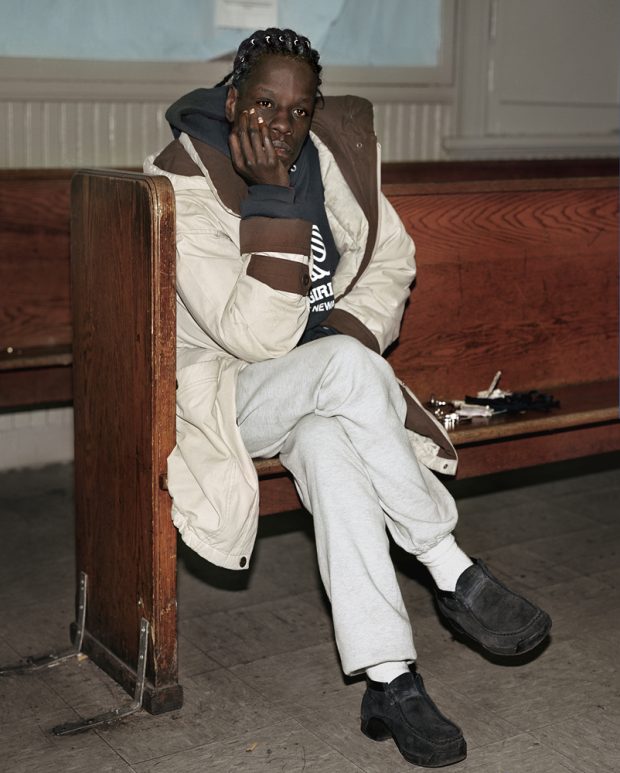

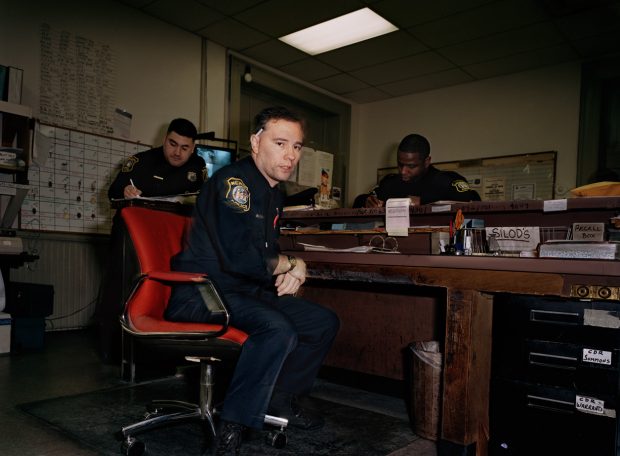






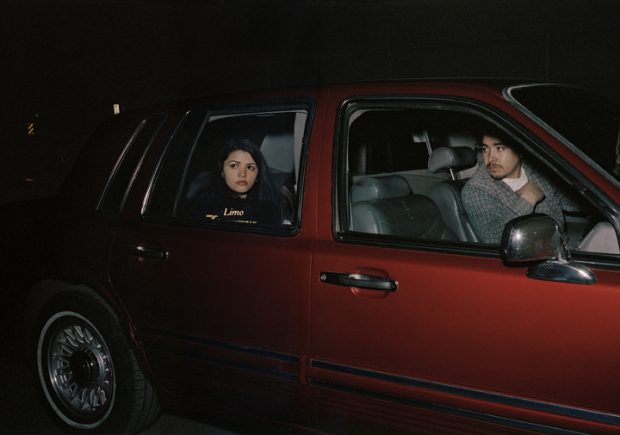






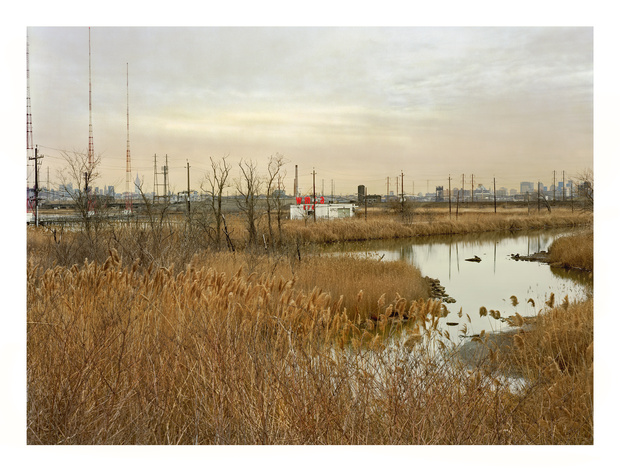
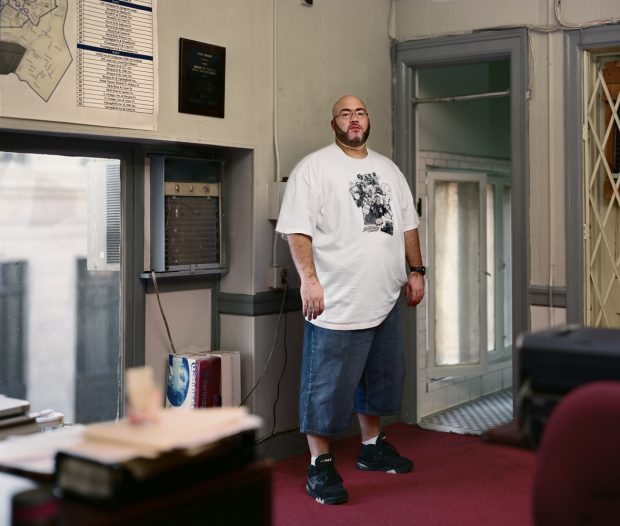
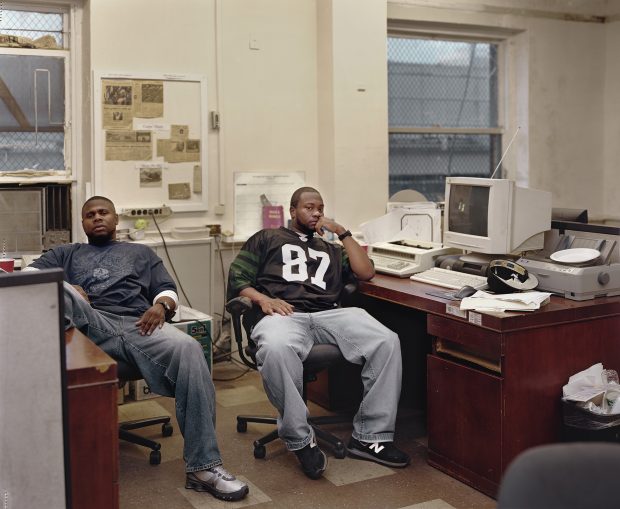


















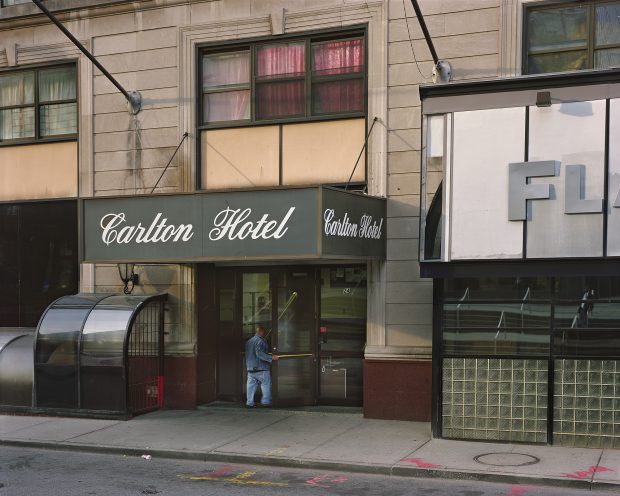
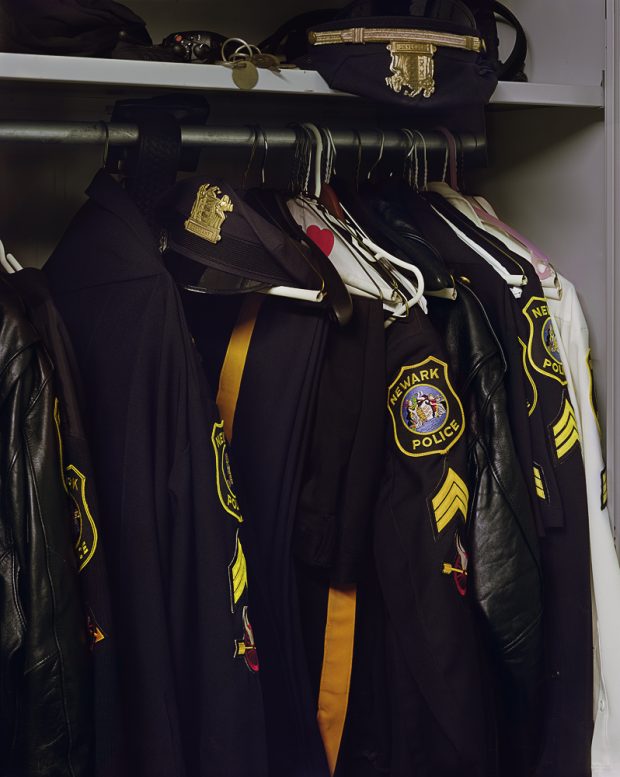

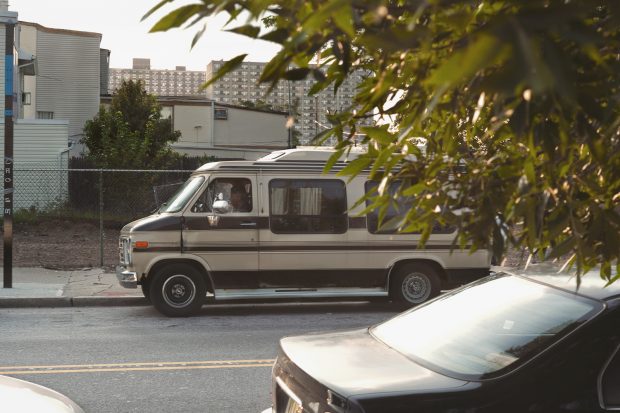



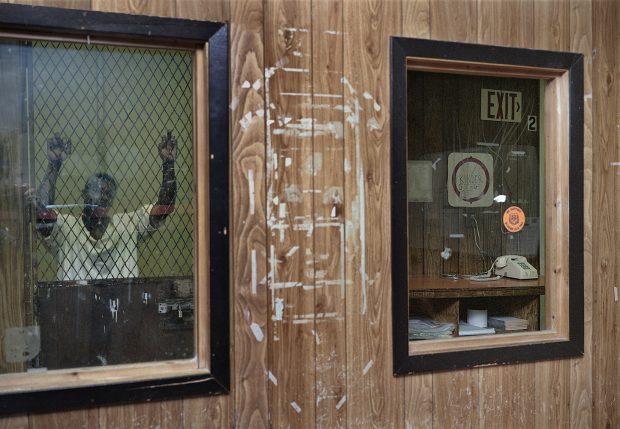



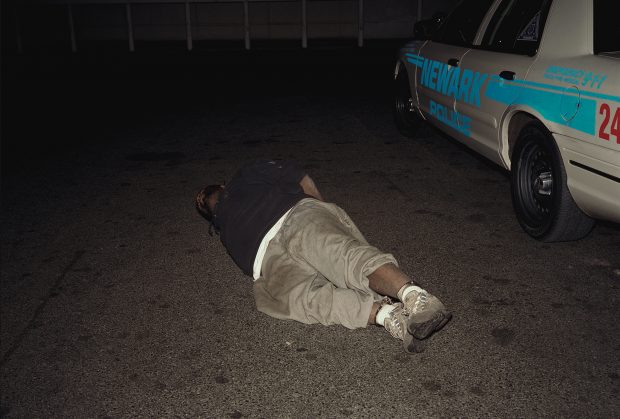













































































I was drawn to the City of Newark because it felt like alien land on the other side of the river of my home in New York City.
It was a mystery, a mystery close by.I wanted to explore how this space of perceived lawlessness was managed by its police force. What was their relationship with a city on the ebb? How did they handle its crime and discontent? I wanted to use them as guides into the sites and misdeeds of this unfamiliar place that I would not have access to otherwise.The City scares me. It has always been a raging monster that has threatened to eat me up. I was scared of being as saulted and also scared of the violence it brought out in me. In many ways, the City stands for my father and my relationship with him, an authority figure that I had to obey but was also constantly subverting.Perhaps this is why I choose the police as my guides to Newark: they too were authority figures that elicited respect anddisapproval simultaneously.
How do these men and women keep the peace? Can it work? In my experience with them, they both succeed and fail. This soundsobvious, but of course it could be more one than the other.
Thus, I stepped back and watched them work, snapped my camera when I felt the moment was right, when I felt I could capture the delicate line between paternity and violence, between liberalism and roughness.
The first time I stepped into a precinct in Newark, I felt discombobulated and estranged, I was also struck by the possibilities inherent in this expedition of mine. The precinct was decrepit, the cops weary, but here was a place, of energy, enterprise and austerity.
It is hard to see outside oneself, but through my photography that is what I try to do. I want to capture a world that is exotic and unknown but also capture the similarities. The photos represent that quest: here are people in the flesh, pushing up against each other, trying to survive.
Newark is a place I’ve come to endear. The people, this environment, Newark is full of life.
Probable Cause Published by Schilt Publishing 2018.